KRÁSNA HÔRKA
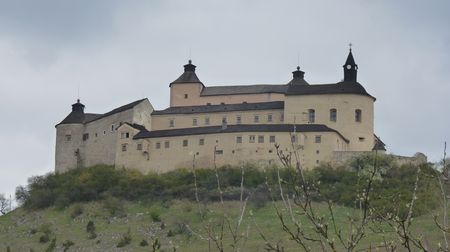 |
|
LOCATION Located in the Košice region, 8 km away from Rožňava at the top of a hill above the village Krásnohorské Podhradie, Krásna Hôrka was originally a gothic style fort later converted into a fortress and then a living mansion. The castle is built on a massive limestone reef. The fortress can be divided into three major parts: the gothic-style inner castle, the middle and the lower fortress. |
|
 |
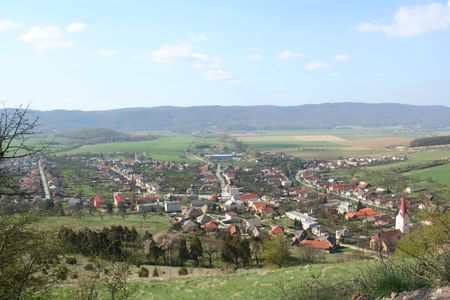 |
HISTORY The fondation of the castle dates back to the early 13th century. Krásna Hôrka was reconstructed after 1320 into a stone-built Gothic castle subsequently fortified and extended in the 16th century, first owned by the Máriássy family, later by the Bebeks until 1567, when the last family member died and finally by the Andrássys, one of the richest feudal families in Hungary. |
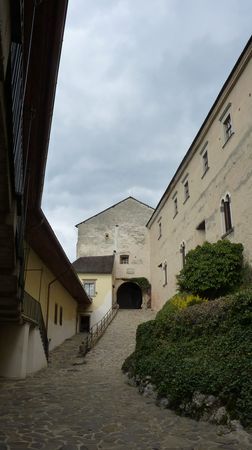 |
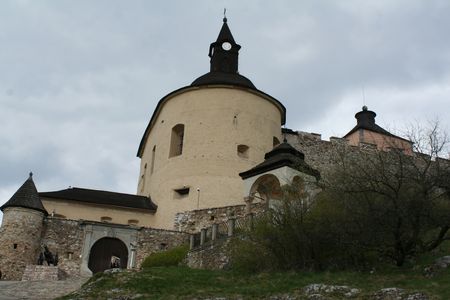 |
|
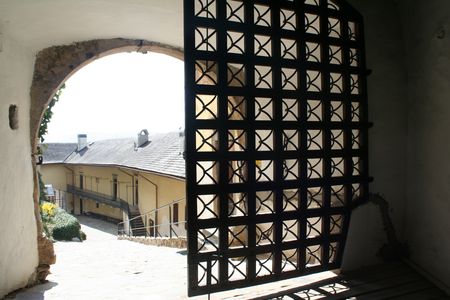 |
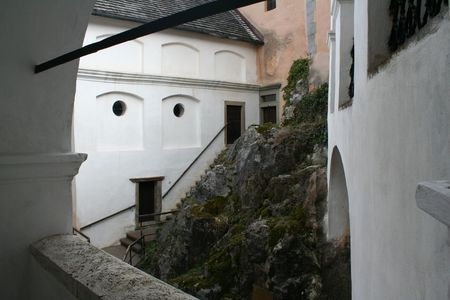 |
| The Máriássy Era | 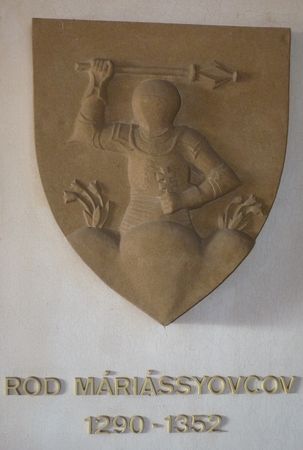 |
| At the time of Tartar invasions, King Béla IV fled through this territory with the help of two brothers from the Ákos family (Philip and Detrich Szár). In 1243, as a reward for their loyalty, the king gave the brothers (also known by the name Bebek from the beginning of the 14th century) extensive lands administrated by Gemer Castle. They also received the right to precious metal extraction in the area of the Brzotín estate which was an exceptional privilege. The village of Krásna Hôrka itself had not been mentioned among the donated estates yet. The property of the Ákos family remained undivided until the last decade of the 13th century when the family began selling it. The Máriássy family gained the Brzotín estate. Later on, around 1318, Krásna Hôrka was sold to the Batisz family. Supposedly it was the Batisz family, together with the Máriássys, who initiated the erection of a castle in Krásna Hôrka. It was only a fortified habitable Gothic tower at the very top of a limestone hill. As time passed, the Ákos family changed their name to Bebek. The Bebeks soon discovered that properties they had sold were far more valuable, especially due to rich mineral deposits in the surrounding territory. Hence, a decades-lasting conflict with the Máriássys commenced concerning the restoration of the ownership of the Krásna Hôrka estates. | |
| The Bebek Era | 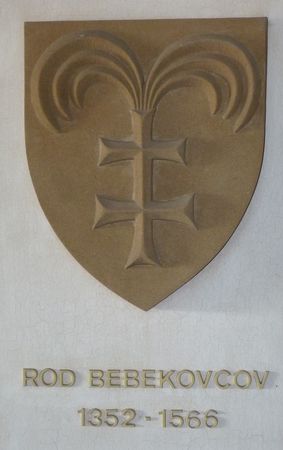 |
| The Bebeks finally regained the estate in 1352. Yet, according to a legend Bebek was not as a rich landlord but a poor shepherd who one day found a shining stone on the road as he was leading his sheep to graze. He lifted the stone and he found a lot of money beneath it. So he took the money and the stone. In the evening the stone started shining. He brought the stone to his king. The king told him that it was a diamond. The king asked him what he wanted in exchange for this diamond. Bebek answered he would give it to the king in exchange for seven hills where his sheep could graze and where he would build sheep farms. However, he built seven castles on these hills (Krásna Hôrka, Štítnik, Brzotín, Turňa, Plešivec, Sádec and Sólyomkő), the biggest and most beautiful one being Krásna Hôrka. | |
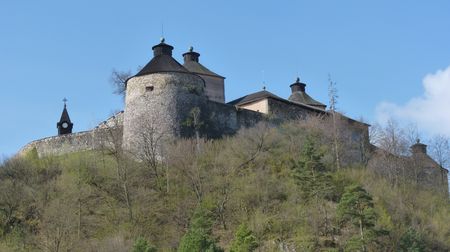 |
|
| The Bebeks, who owned the castle until the second half of the 16th century, had the castle rebuilt and extended several times. The most significant reconstruction was carried out under the rule of the infamous Ferenc Bebek. The threat of Turkish invasion requested modernisation and a new fortification system. Construction works commenced in 1540s - a new fortification in the shape of irregular triangle with three massive corner bastions was built around the castle. Ferenc Bebek and his brother Imre are connected with legends in which cruelty prevails. They are often mentioned as "thievish knights" who used to steal church bells and cast cannons from them. (Krásna Hôrka Castle has the largest collection of original bronze cannons in Slovakia.) The Catholic Church, threatened by the Reformation movement, strongly disapproved of the acts of the two brothers. Bebek nevertheless found a way to reconcile with the Catholic Church. Around 1540, a protestant pastor, Ondrej Fischer, appeared in the nearby town of Rožňava. Ferenc Bebek captured him and had him executed: the pastor was thrown down from the highest bastion of Krásna Hôrka Castle. | 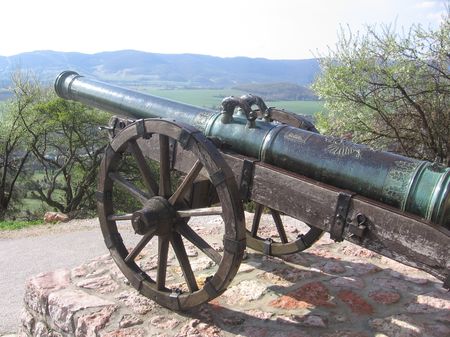 Massive Cannon of the Emperor Maximilian |
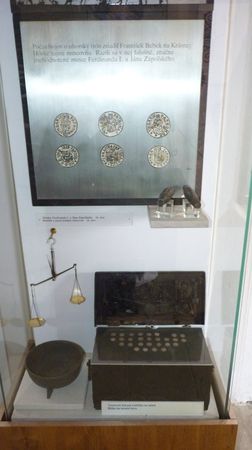 Counterfeited Coins |
Ferenc Bebek is also famous for his secret mint. He forged coins together with Mathias Basso, the captain of Muráň Castle, who was executed for forgery. Allegedly, Bebek himself arranged for Mathias' death.
In September 1556 Ferenc Bebek supported by Turkish armies fought against the emperor and all of a sudden became a defender of the Protestants. His skills as a were discovered. Consequently he was declared a traitor and deprived of all titles and functions, and he was most likely murdered in 1558. |
| The Andrássy Era | 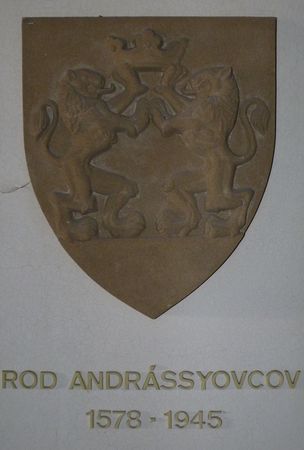 |
The castle was subsequently confiscated and handed over to the Andrássys, a family originating from Transylvania. In 1642 Peter I Andrássy was only a captain, but the king gave him the castle as a reward for his service. However, he was just the hereditary castle captain, not the proper owner of the castle. He tried to gain the castle estates in his possession, but he was unable to persuade the imperial court, even though he was a supporter of Caspar Békessy, an ally of the Habsburgs against István Báthory. Only Mathias II, one of his grandsons, was donated the Krásna Hôrka castle estates to hereditary ownership in 1642 by Emperor Ferdinand III. |
|
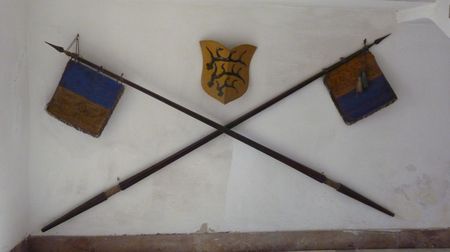 |
|
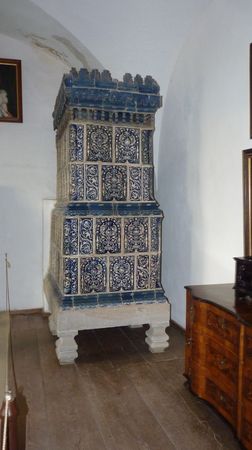 Renaissance Tile Stove |
In the 17th century Miklos I Andrássy added new buildings: the late-Renaissance palaces (the so-called Lower Castle, with stucco vaults in its rooms, and the Central Castle that probably served representative purposes.) Miklos I Andrássy became the administrator of Gemer County and a royal counsellor. In 1676, he received baronship from Emperor Leopold I for his bravery in fights against the Turks. During his era, the castle became the seat of Gemer County, which justified the construction of new representative and habitable premises. This period is represented by several items in the castle exhibition, one of the most beautiful being a Renaissance tile stove with blue-white glazing, most likely a work of Upper Hungarian masters; there are also several pieces of furniture from the 16th and 17th centuries and, of course, a large number of castle garrison armaments. |
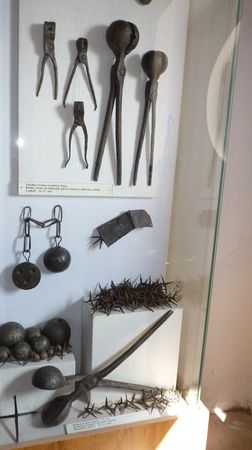 |
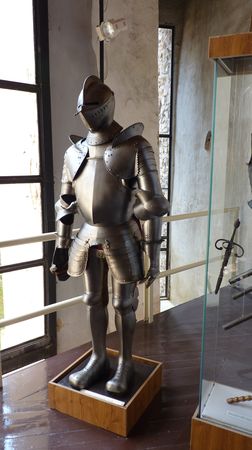 |
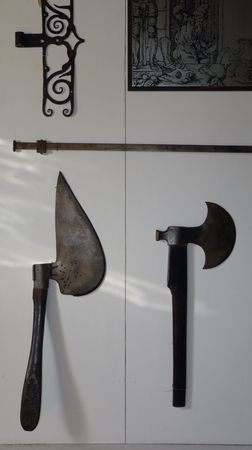 |
 |
| At the turn of the 18th century, the family was split into two branches. The family property was divided between two brothers: István I and Gyorgy II István moved to Betliar and thus established the Betliar, older, familial branch. Gyorgy remained at Krásna Hôrka and founded the younger branch of Monocká, or Hosszúrét. The last extensive reconstruction of the castle was carried out in 1770s. István III, who was granted countship in 1766, ordered the south-eastern bastion to be turned into a chapel. This chapel combines both Baroque and Classicist features. The chapel vaults were covered by Baroque frescos in the 19th century. |
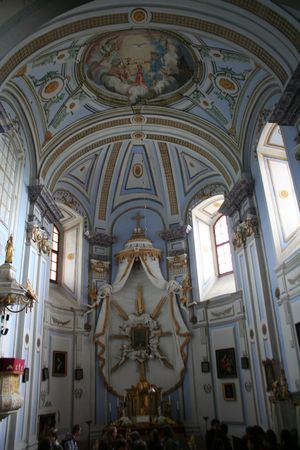 The Castle Chapel |
The old fortress gradually ceased to provide a sufficient comfort for its owners, therefore the widow of István III (Countess Mária Andrássy-Festetich) decided to leave the castle at the beginning of the 19th century. In 1817 the castle burnt out after a flash of lightning and the owner felt the responsibility to have the symbol of the family repaired. Only some maintenance work was carried out - the old castle was roofed, else it remained in ruins until 1860s. Gyorgy IV, the son of Mária Festetich and István III, became an outstanding person of economic and cultural life in Hungary. He was a contemporary and a friend of Count István Szechenyi and they both contributed to the development of the Hungarian Academy of Sciences and the Hungarian National Museum. In the first half of the 19th century they went on a study visit to England and Gyorgy IV presented products from his Drnava iron works near Krásna Hôrka in London's Crystal Palace in 1851. Shortly before that, the iron works received an important contract to build the construction for the famous Chain Bridge (Széchenyi Lánchíd) in Budapest. Gyorgy IV is also the first one who considered establishing a family museum at Krásna Hôrka Castle. The existence of a small castle museum was recorded in the newspapers of 1857, making Krásna Hôrka the oldest museum in Slovakia. The first official tour of its historical rooms and collections was held on 19 August 1867. |
|
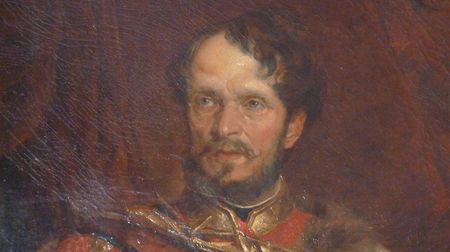 Gyula Andrássy |
1867 is also the year when Gyula Andrássy (1823-1890) became the Prime Minister of the Kingdom of Hungary. According to a legend, he had a long lasting romance with Queen Elisabeth, wife of Emperor and King Franz-Josef of Austria-Hungary, better known as Sissy, and is said to have fathered their only son Archduke Rudolf. There is no evidence of this story except for the strong sympathy and devotion of both Sissy and Rudolf towards Hungary. |
In 1883, the Andrássys received in their Betliar manor house an eminent guest - Mór Jókai, a romantic writer, who collected facts for his new historical novel. His work, published in many editions and translations, made famous not only Krásna Hôrka, but also the town of Levoča and numerous personalities of Hungarian history. The novel "Levočská biela pani" (The White Lady of Levoča) presented Julianna Korpony, the White Lady, and the Andrássys as main characters, and the Krásna Hôrka Castle as the setting for a story of love, hatred, betrayal and faithfulness. The plot was set in the period of the last uprising of the Estates led by Ferenc Rákoczi II, joined by two Andrássys, brothers István I and Miklos II, also called "the Dervish General". |
|
| The Legend of Zsófia Serédy |  The Sarcophagus of Zsófia Serédy |
| Jókai created a legend that is still alive within the old castle walls and lures visitors to the glass sarcophagus of Zsófia Serédy, the wife of István I She died at the very beginning of the 18th century and was buried in a tomb in a village church beneath the castle. Limestone water and draught preserved her body almost untouched. The Andrássys had her body moved to castle chapel in the 19th century. | |
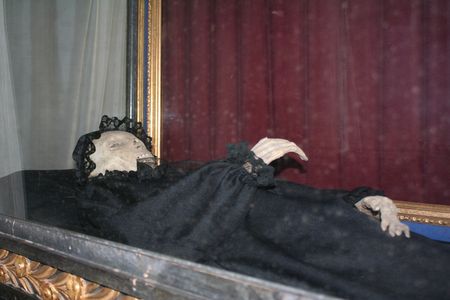 The Mummy of Zsófia Serédy |
Interestingly, her right hand remained lifted, probably because the Bible was placed there which decomposed as time passed. This explanation contradicts Jókai's legend saying that Zsófia raised her hand to grasp her son's heart and thus prevent him from committing patricide. The identity of the mummy has also been questioned. In 1960s, Professor Jozef Novák wrote about the apparent similarity between the dead woman and the portrait of Countess Terézia Dory, the wife of István III Andrássy, who lived two generations later than Zsófia Serédy. Have the legend of good-hearted Zsófia and her miraculously preserved body been totally made up? Whoever lies in the glass sarcophagus in the castle chapel, Jókai's novel remains nonetheless significant and romantic. |
The last male descendant of the Monocká branch of the Andrássy family was Count Dionýz Andrássy (1835-1913). He inherited the castle after the death of his father Gyorgy IV and of his brother Gyorgy V. Dionýz Andrássy established a family museum in the castle in 1867 which opened for the public in 1906. |
|
| He completely repaired the castle at the beginning of the 20th century: he changed the defensive buildings into a habitable one. He built new palaces and repaired older parts of the castle. A new spacious family tomb was created in the ground-floor premises of the Central Castle. Sixteen members of the Andrássy family are currently buried in this crypt. The last burial ceremony took place in 1991, the remains of Countess Ilona Andrássy (1917-1990), who had lived in exile in Budapest, were put there for eternal rest. |
 The Andrássy Family Crypt |
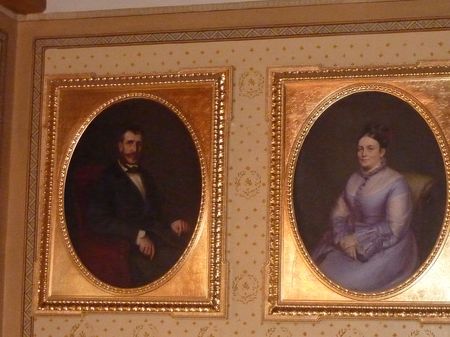 Count Dionýz Andrássy and his wife Franciška Hablawetz |
Count Dionýz Andrássy also established a museum to commemorate his beloved wife Franciška Hablawetz. There, he gathered all the items Franciška had used or liked: priceless works of art from the 18th, 19th and 20th centuries, clothes, accessories, as well as the bed where the countess died in Munich on 26th October 1902. |
 The Room of Franciška |
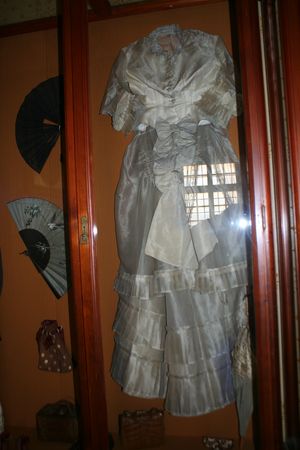 |
 |
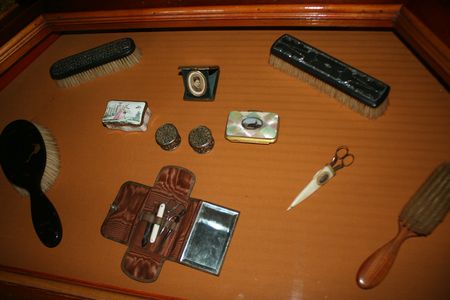 |
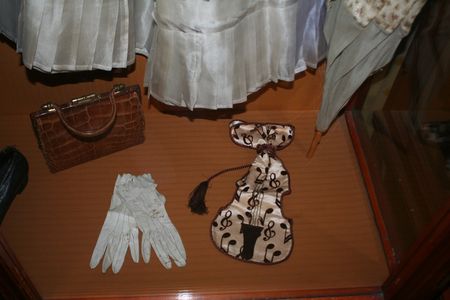 |
 The Living Room of Franciška |
| In 1903-1904 he had a family vault built for her. This Mausoleum is an outstanding Art Nouveau structure of Munich style. The outer appearance of the building is modest and simple but the interior is lavishly decorated. Franciška's remains were transferred to the Mausoleum in 1904. Dionýz Andrássy died in 1913. According to his wish he was buried aside his wife in the same sarcophagus. | 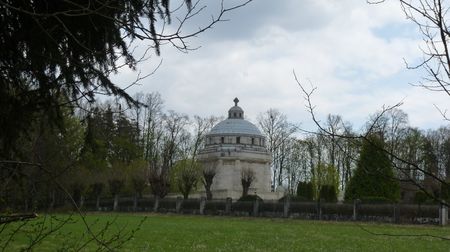 |
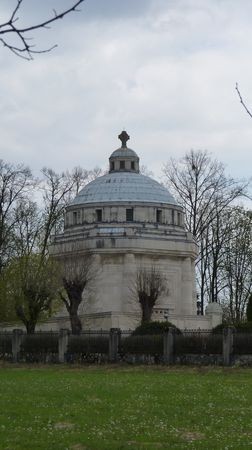 |
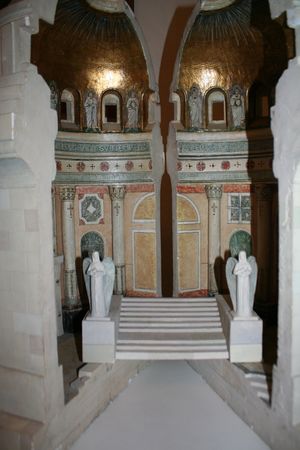 |
An agreement between Győző, Sándor and Július Andrássy, declared while Dionýz was still alive, stated that they would together look after the castle as the symbol of their family. However, one of the most significant European aristocratic families had to leave their country as a result of the events of August 1944. The castle and its whole estates was nationalised in 1945 by the decrees of President Beneš, renovated in 1946 and declared a natural cultural property in 1948 by the National Cultural Commission, and listed as a national cultural monument in 1961. |
|
|
Now it's still a museum in which objects like paintings, furniture, and ceramics from the age of the Bebeks and the Andrássys are displayed as well as artefacts dating back to the Stone Age (around 5000 BC) or the Bronze Age (around 1000 BC). |
|
Artefacts from the Stone Age |
 |
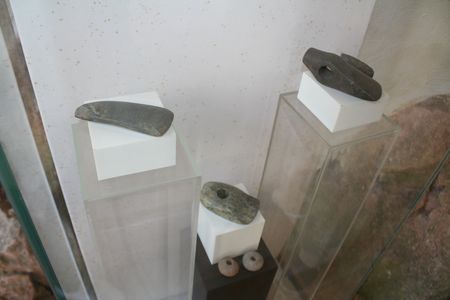 |
|
| Artefacts from the Bronze Age | |
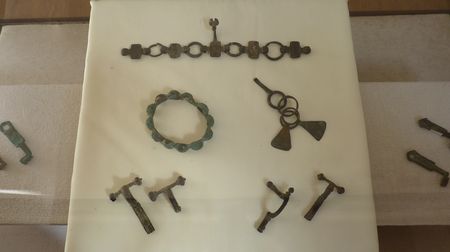 |
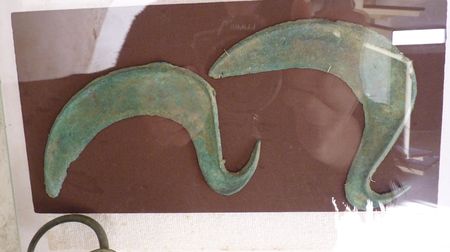 |
 |
 |
| Paintings |  "The Case of a Long Life" by J. Czauczik, 1822 |
 "Abolition of Serfdom" by H. Cavet, 1827 |
|
| Furniture | |
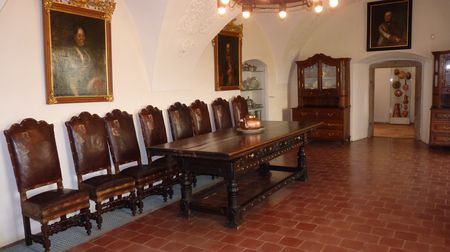 The Castle Dining Room |
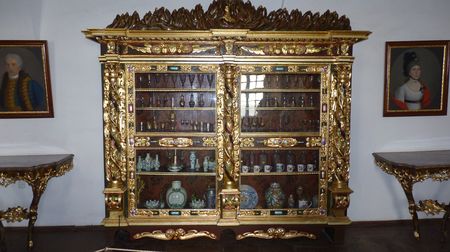 The Room of Serédy |
| In the congregation hall the chairs were of different height so that everyone's head was at the same height for a better visual effect. |
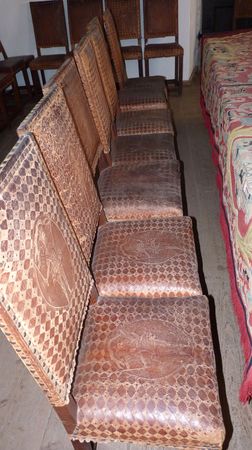 The Chairs in the Congregation Hall |
 The Congregation Hall |
|
Some Particular Objects |
|
In the oldest part of the castle, the Gothic core of the castle, the first room which can be visited is an original kitchen featuring many utensils. |
|
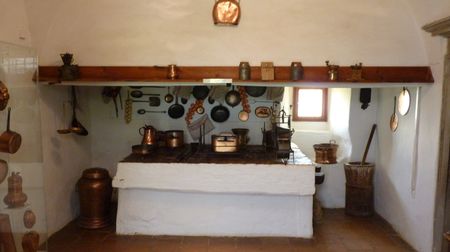 The Castle Kitchen |
 Utensils in the Castle Kitchen |
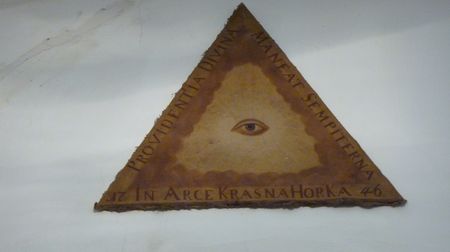 |
Above the door hangs a picture of the Divine Eye, which was intended to prevent thefts, based on the principle "God's eye sees everything". |
| The second room is a small musical lounge. There three musical instruments called basset horns are displayed. They were made by Theodor Lotz, a native from Bratislava and the royal instrument-maker. There are 8 such horns in the world, three of them at Krásna Hôrka. | 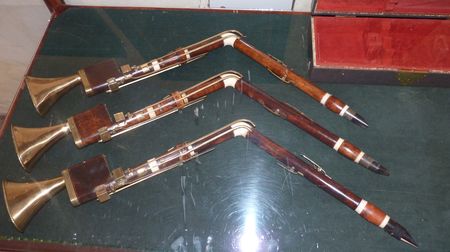 Basset Horns |
 The Funeral Carriage of Countess Franciška |
In the north-western bastion (the oldest part of the castle), there is the funeral carriage of Countess Franciška the wife of Dionýz Andrássy. The art nouveau carriage was made by the Munich master, Karl Weinberger, in 1904. |